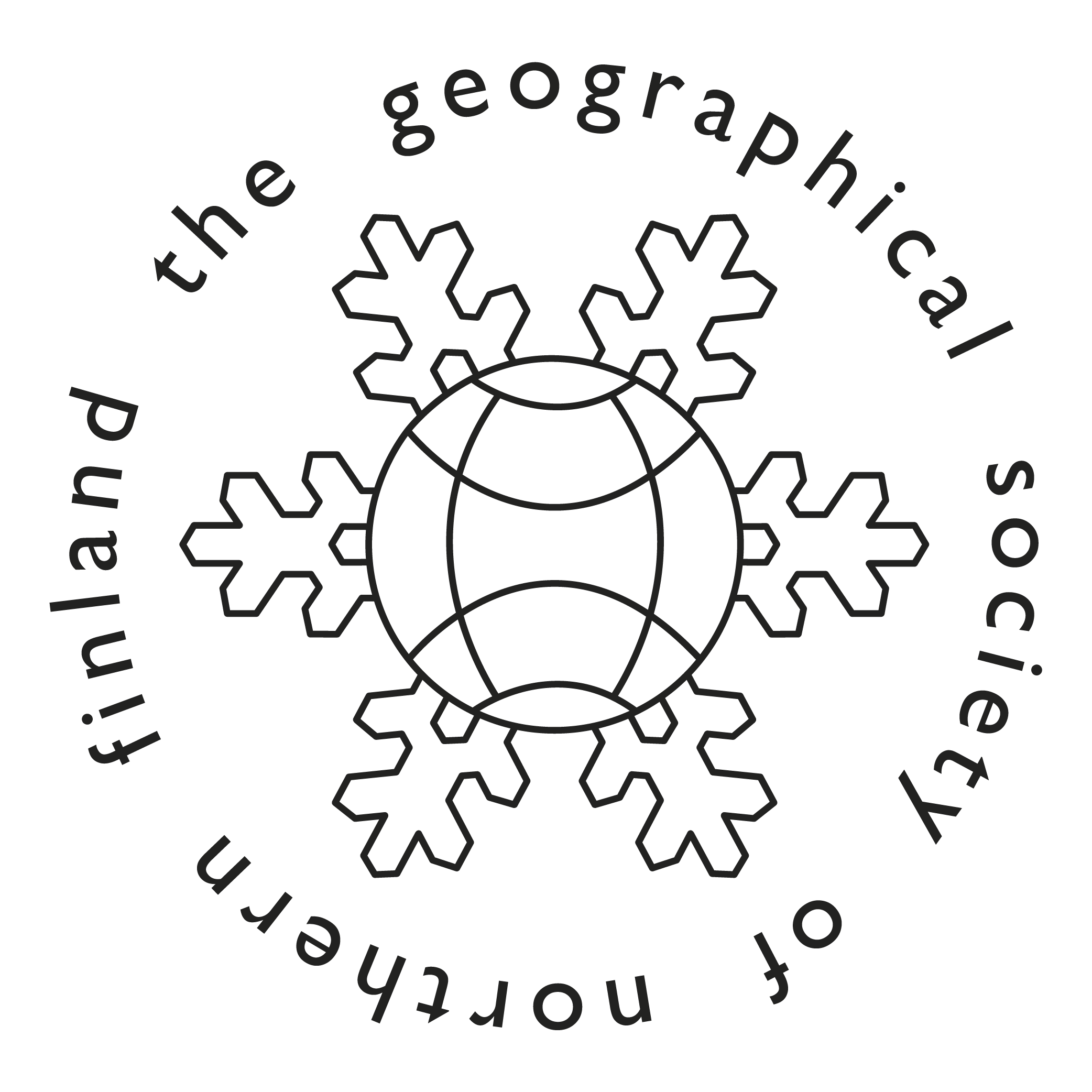A spatial perspective of visitor experiences in national parks
Investigating the potential of Public Participation GIS methods in outdoor recreation planning
Abstract
The number of visitors and the diversity of users at national parks is increasing. To cope with this, national park management organizations must efficiently plan for the visitor use of these areas. This requires an understanding of visitors’ experiences as well as methods to systematically monitor visitors in parks. Academics have recently proposed versatile spatial methods to improve visitor planning in parks. One such approach, potentially supporting the participatory and spatial paradigms of conservation area management, is Public Participation Geographic Information Systems (PPGIS). PPGIS methods are used to map people’s experiences related to certain locations. However, these methods have only been trialed on a limited scale in relation to outdoor recreation planning frameworks and to address different visitor planning practices. In addition, there is lack of studies which incorporate managers’ perspectives in the development of PPGIS methods.
This study investigates the potential of PPGIS methods in the context of planning for outdoor recreation in national parks. More specifically, the study aims to increase the understanding of the factors that influence visitor experiences, find out how PPGIS methods could serve different visitor planning practices and frameworks, as well as to review the opportunities and challenges related to implementing PPGIS methods.
The study is mainly based on two PPPGIS surveys that were conducted in Oulanka National Park in 2010 and 2014. The first study was carried out using paper maps on which visitors marked their most positive and negative experiences in the park and provided an explanation for this experience. The second study was conducted using a web-based PPGIS survey in which park visitors placed pre-defined markers on an electronic map representing experiences such as the outcomes of visiting certain sites and perceptions of the negative impacts of recreation. These two data sets were analyzed using spatial statistics, such as spatial discounting and chi-square statistics. In addition, interviews of managers representing the Finnish park organization, Metsähallitus, were conducted to increase the management perspective when outlining the needs for spatial data on visitors.
The study showed that there are different needs when developing PPGIS methods depending on whether they are applied to understand visitor experiences or to monitor them for practical management purposes. The study showed that the aesthetics of the encountered environment and adequate recreation infrastructure are important for a quality visitor experience. Furthermore, the study suggested that to understand visitor experiences, PPGIS methods should be utilized to capture how visitors perceive the environment they encounter. To enhance practical visitor planning, the study suggested using PPGIS methods to define the acceptable amount of change in national parks and identify the recreation opportunities that parks provide. For monitoring the change, the study recommends to spatially measure visitors’ perceptions towards the negative impacts of recreation, such as littering, crowding and erosion. To define recreation opportunities, mapping should focus on those environmental features which visitors consider important for their activities at certain locations. Moreover, the everyday management of national parks would benefit from spatial information concerning possible shortcomings in the recreation infrastructure.
Regarding the implementation of PPGIS practices into outdoor recreation planning of national parks, the study revealed that managers’ attitudes towards social science and public participation support the integration of these methods. On the contrary, challenges for implementation are caused by (1) the technical complications related to PPGIS practices, (2) institutionalized monitoring practices that can hinder the adoption of new methods, and (3) the quality of PPGIS data. These issues could be facilitated by developing a mobile phone application enabling collection of visitors’ experiences while they visit national parks and developing automatic processes which quantify the mapping outcomes and transfer the data into a format for use in GIS software and add it to databases used for planning purposes.






